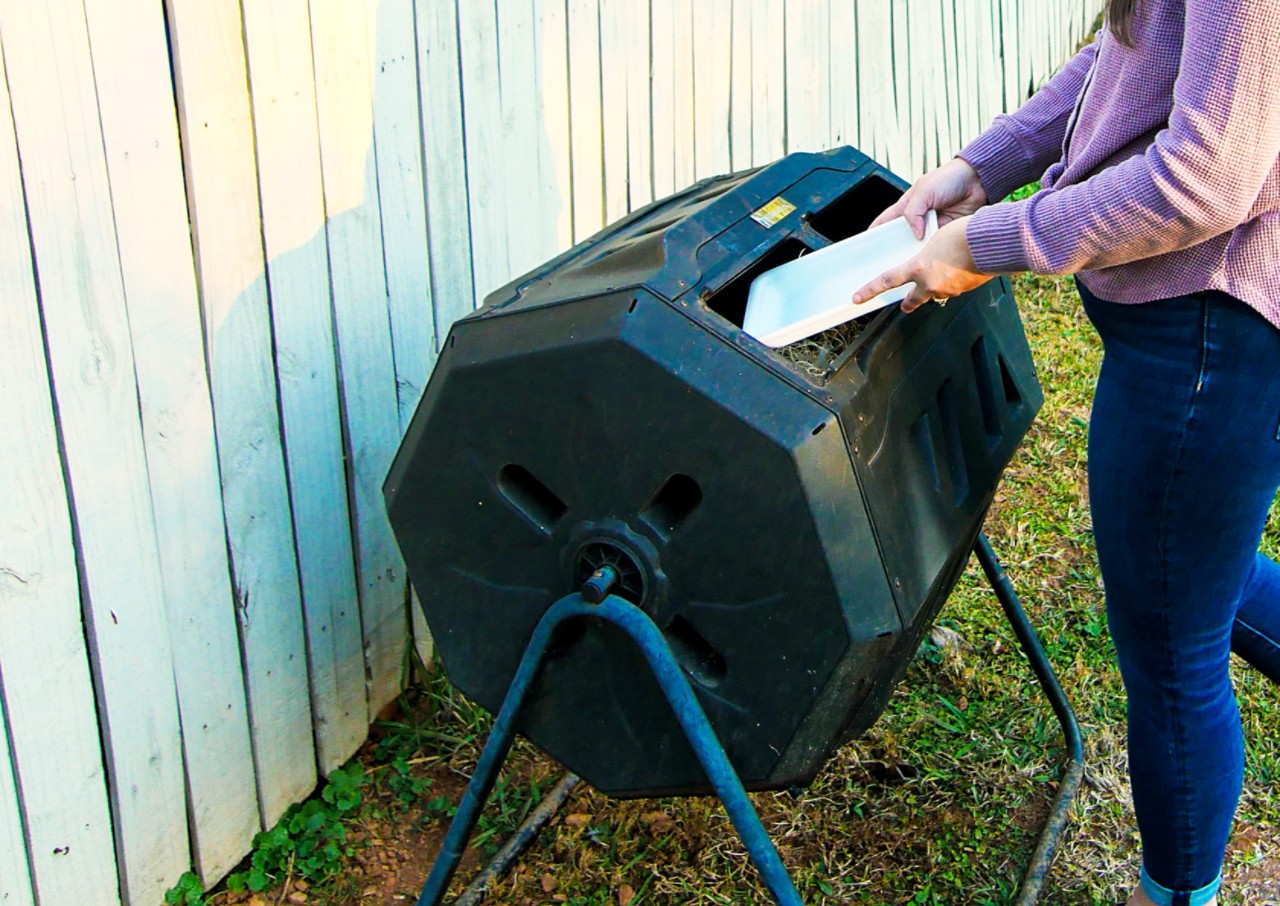Opportunities and Challenges
Packaging compostable options are not only beneficial for the environment but also appeal to consumers looking for eco-friendly packaging solutions. According to research published by McKinsey in 2023, global consumer perceptions regarding sustainable packaging are starting to align with compostable solutions. Packaging types identified as "compostable," "plant-based," or "made of renewable, compostable materials" ranked highest among survey participants as the most sustainable options - surpassing, for the first time since 2020, paper cartons, recyclable plastic and films, glass, metal containers, and aluminum foil. As the demand for sustainable packaging grows, more businesses are turning to packaging compostable choices to align with their sustainability goals and meet customer expectations.
While the consumer appetite for compostable packaging seems clear, the current global infrastructure for commercial composting needs improvement. Home composting, as a possible alternative to commercial operations, rarely reaches sufficiently high temperatures to fully decompose "certified compostable" packaging. Accordingly, the importance of expanding and scaling municipal programs cannot be understated.
Innovation and Collaboration
The future of compostable packaging lies in continued innovation and collaboration across industries. Research into new materials, advancements in composting technology, and partnerships between businesses, governments, and waste management facilities are essential to scaling up compostable packaging solutions.
As the world faces environmental challenges, composting stands out as a promising avenue for sustainable packaging. While composting may not be the sole solution to the complex issue of plastic pollution, it can play a significant role in reducing waste and promoting a circular economy.



